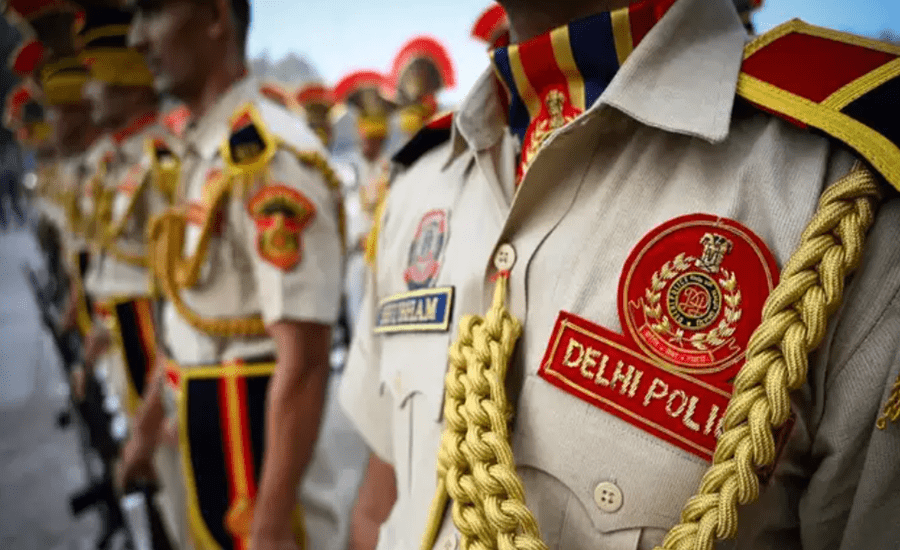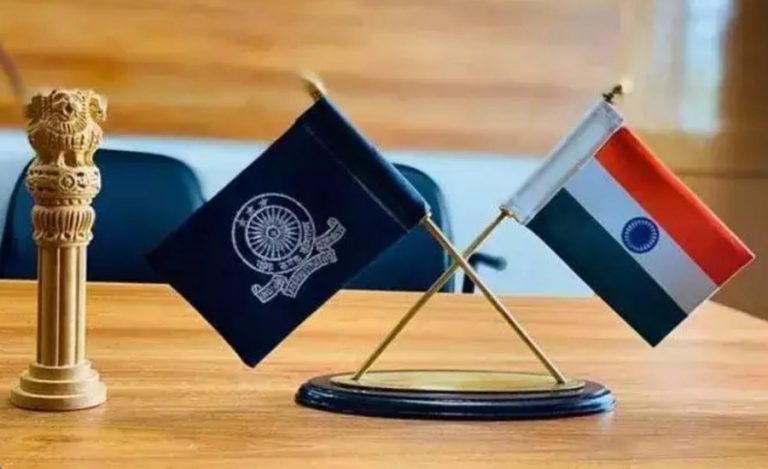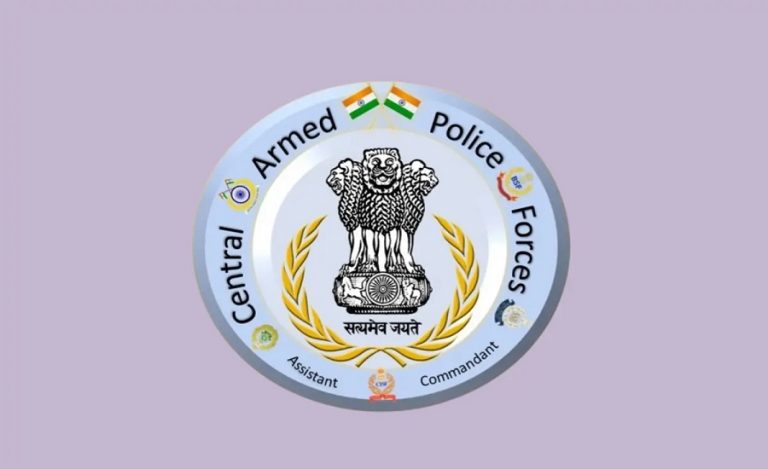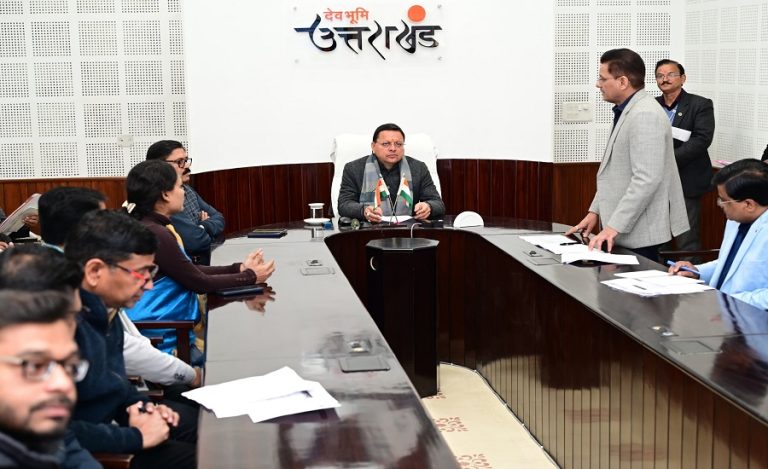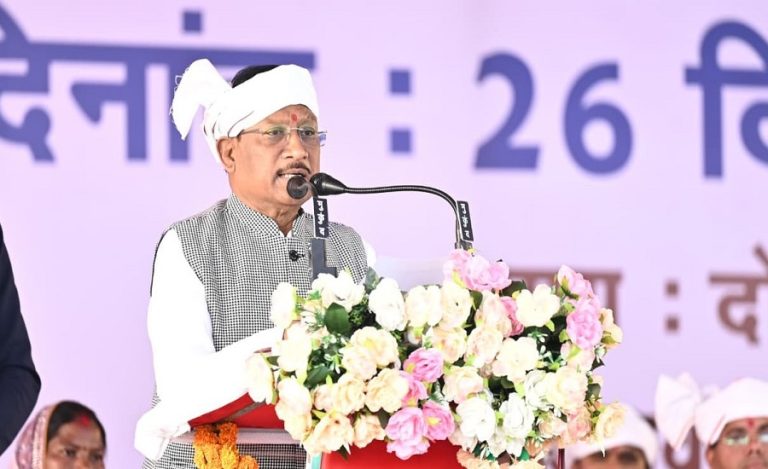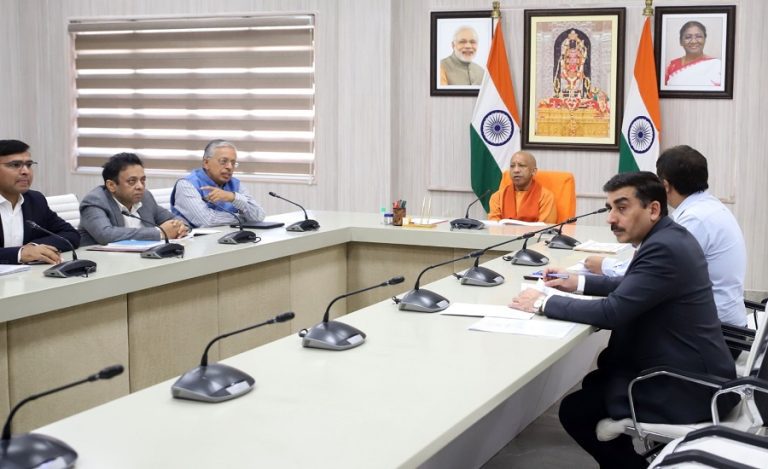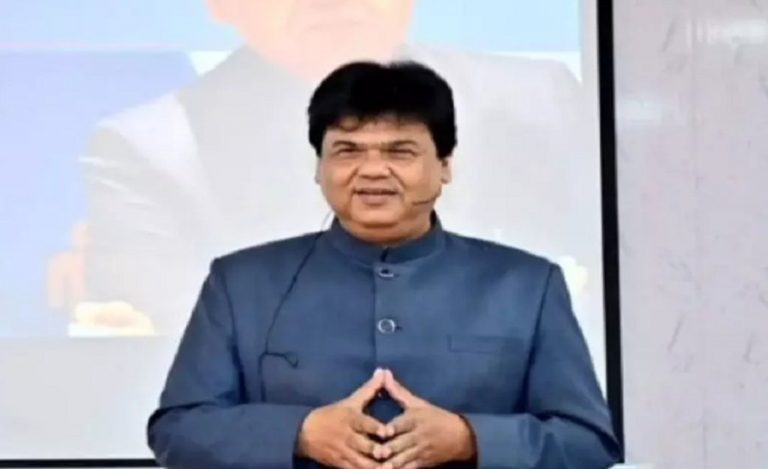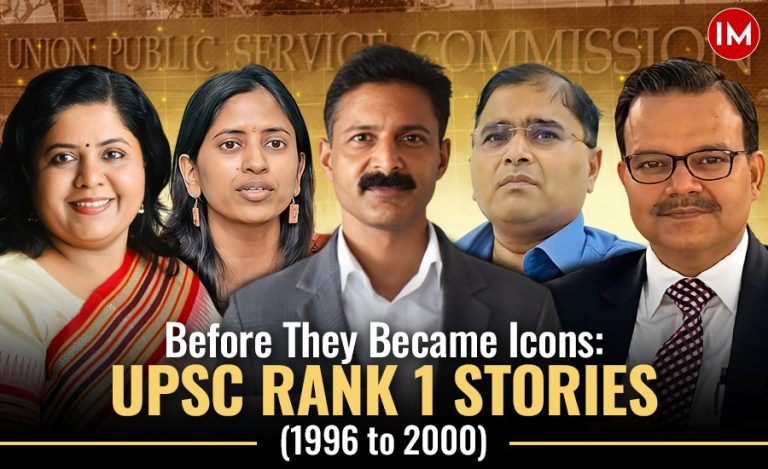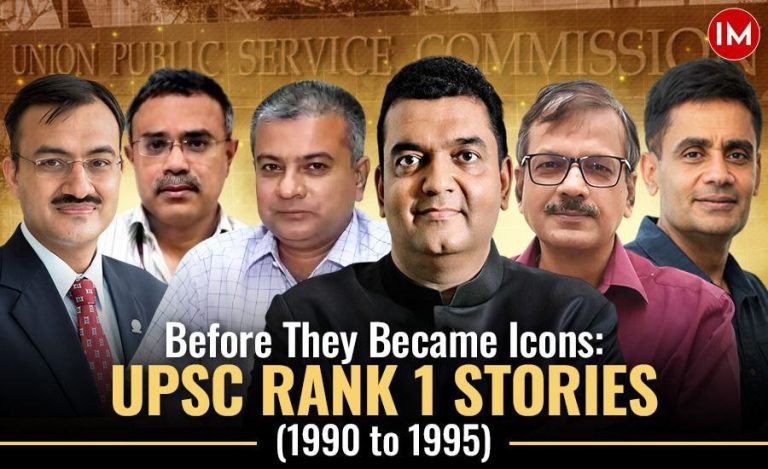In a move aimed at bolstering preparedness against potential large-scale protests in the national capital, Delhi Police Commissioner Satish Golchha (1992 batch AGMUT cadre) has directed the formation of three key units to draft a comprehensive “contingency action plan.” The decision comes in the backdrop of recent Gen Z-led protests in Nepal, which escalated into violence and triggered a regime change.
According to senior police sources, Golchha instructed the Intelligence Branch, Operations Unit, and Delhi Armed Police to collaborate on preparing the detailed plan, focusing on preventive measures to tackle similar leaderless, youth-driven demonstrations in Delhi.
In a recent high-level meeting with all Special Commissioners of Police (CPs), Golchha reportedly emphasized the need for a coordinated approach between district police units, the cyber cell, and Central Armed Police Forces (CAPFs). The plan will include enhanced border monitoring, drone surveillance in sensitive areas, pre-emptive intelligence gathering, crowd management strategies, and rapid coordination with paramilitary forces in case of large gatherings.
Special CPs have also been tasked with auditing the Delhi Police’s inventory of non-lethal weapons and assessing the need for additional technology to maintain law and order effectively. “If a similar situation were to arise in Delhi, our first step would be to mobilize reserved police companies to ensure public safety,” said an officer familiar with the plan.
Additionally, the contingency strategy will focus on countering misinformation and fake narratives on social media, a tactic identified as central to the Nepal protests’ mobilization. Dedicated social media teams are expected to be activated to monitor and respond to online developments in real time.
Commissioner Golchha’s directive signals a proactive approach by Delhi Police, aimed at preventing unrest and maintaining law and order while staying alert to regional developments that could inspire parallel movements in the capital.

